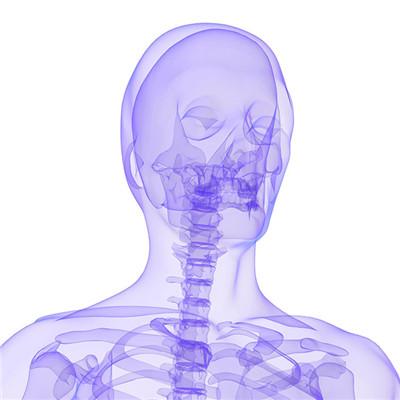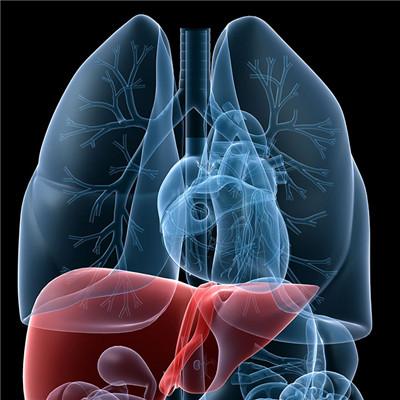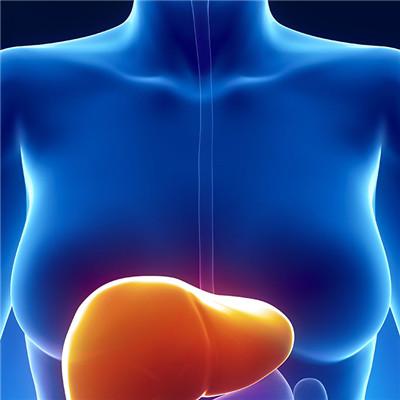What does the symptom of liver tuberculosis have
summary
The main symptoms of the disease are fever, loss of appetite, fatigue, abdominal pain and hepatomegaly in the liver area or right upper quadrant. Fever usually occurs in the afternoon, sometimes accompanied by chills and night sweats; There are low fever also have flaccid type, high fever up to 39 ~ 41 ℃, fever symptoms accounted for 91.3%, where there is tuberculosis or a clear history of tuberculosis, long-term recurrent fever, and exclude other reasons, often have the possibility of liver tuberculosis. Therefore, in life, we should pay attention to it, the following specifically talk about the symptoms of liver tuberculosis.
What does the symptom of liver tuberculosis have
First, liver tuberculosis often lacks typical clinical symptoms, and its clinical manifestations are changeable, mostly in young adults. According to domestic statistics, the average age is about 30 years old, and the proportion of women is slightly more than men, which is 2:1. Fever is the most common, more than 90% of the cases have, most of them are flaccid fever, afternoon low fever and irregular fever. Body temperature is often as high as above 39C, less patients with chills. Most patients complained of liver or upper abdominal pain and abdominal distension, abdominal pain mostly in the right upper abdomen, similar to biliary colic, radiation to the right shoulder. Some patients have fatigue, anorexia, emaciation, night sweats and other systemic symptoms. There are still a few patients with nausea, vomiting and diarrhea and other gastrointestinal symptoms. Upper gastrointestinal bleeding may occur in patients with bile duct or liver failure. But there are also very few patients without any clinical manifestations.

Second, 76% - 100% of the patients with liver tuberculosis have liver enlargement, the surface of the enlarged liver is smooth, and a few palpable nodules. Its texture is mostly soft to medium, hard texture is rare. Often accompanied by tenderness, lesions involving the liver capsule, can hear the liver area membrane friction sound. 45% of the patients had splenomegaly, which could be caused by direct infection of Mycobacterium tuberculosis, or reactive swelling caused by long-term consumptive anemia. About 10% of patients may have jaundice, generally mild to moderate, lasting for a long time. If the abscess to the abdominal rupture, peritonitis performance, severe shock may occur. Most patients also have signs of extrahepatic tuberculosis such as pulmonary and intestinal tuberculosis.

Third: Patients with liver tuberculosis may have anemia, leukopenia or elevation, elevation of alanine aminotransferase and bilirubin, elevation of y-globulin, elevation of alkaline phosphatase, and rapid increase of erythrocyte sedimentation rate, but they lack specificity and are not helpful in clinical differential diagnosis. Adenosine deaminase (ADA) is considered to be a specific indicator of Mycobacterium tuberculosis infection, which is helpful to the diagnosis of liver tuberculosis, especially primary liver tuberculosis.

matters needing attention
Rest and nutrition can improve the patient's resistance. During the active period, the patient needs to rest in bed, properly improve the nutrition, and supplement vitamin A, vitamin D and calcium. The patients with poor nutritional status can be given albumin and amino acid input to correct the disorder of water and electrolyte.














